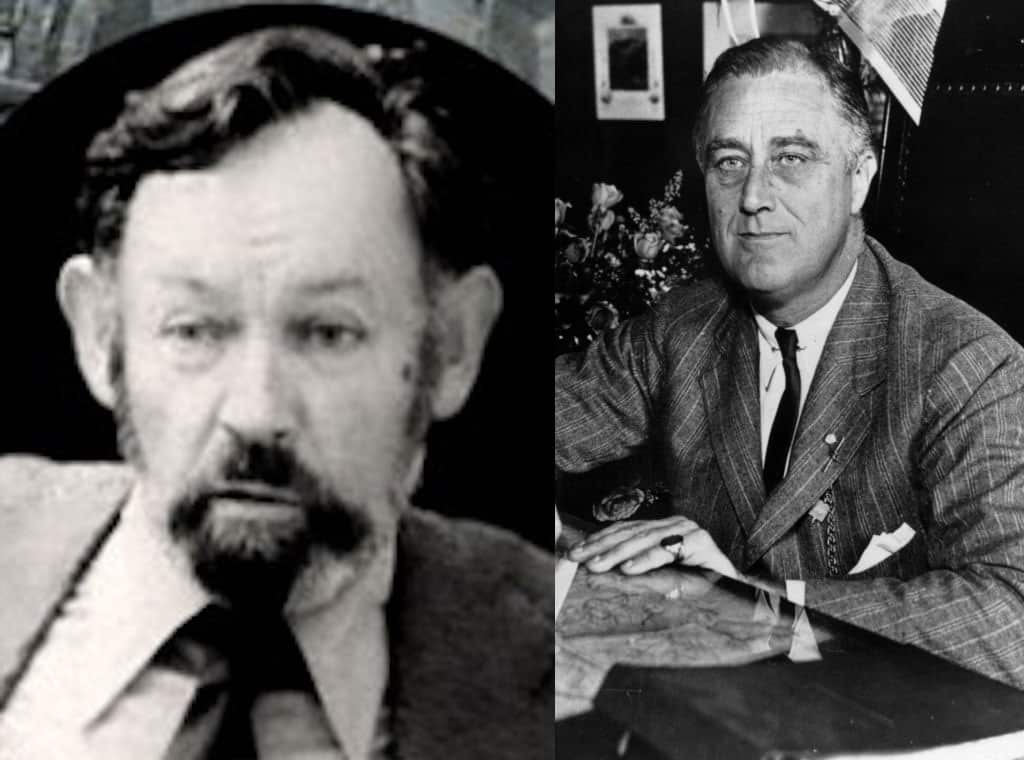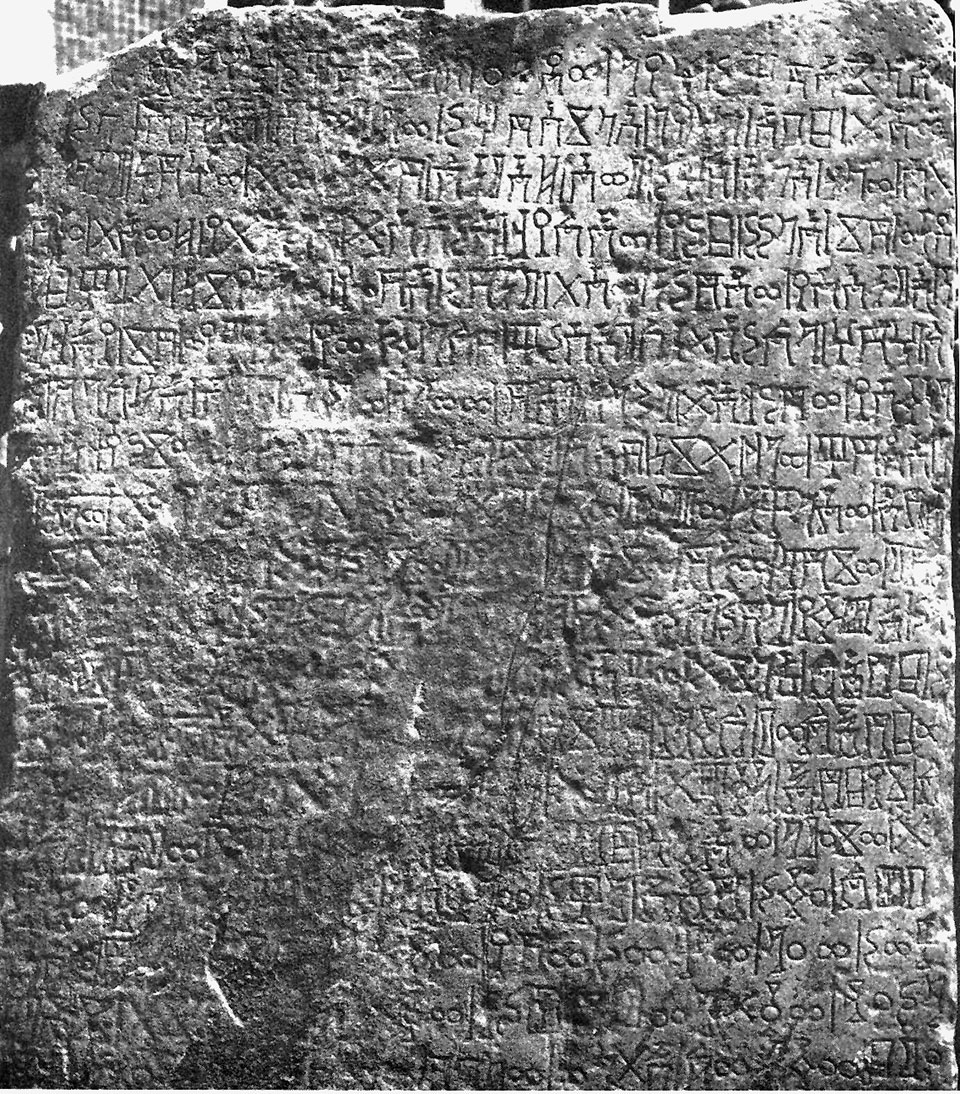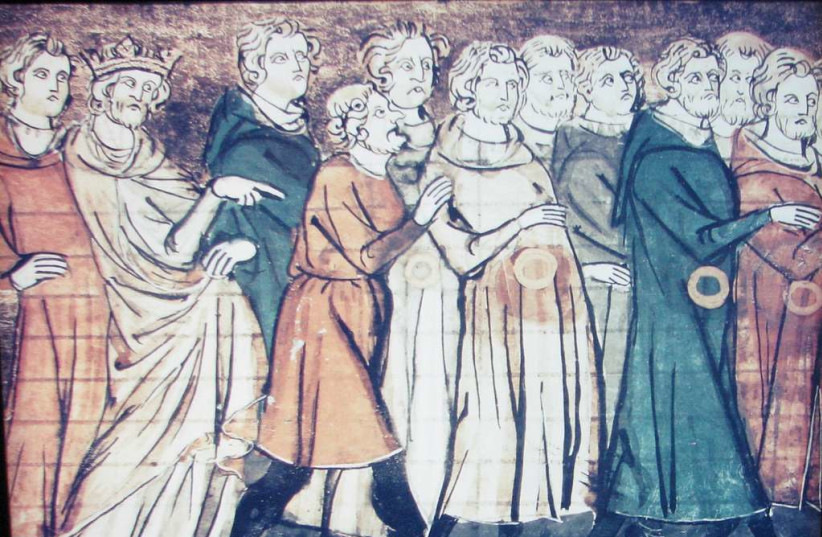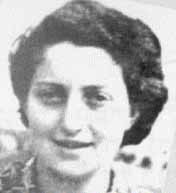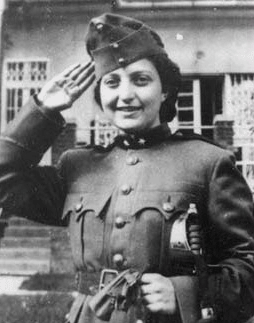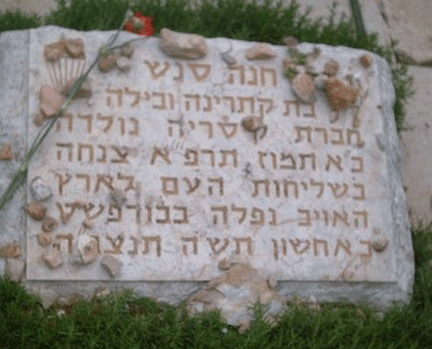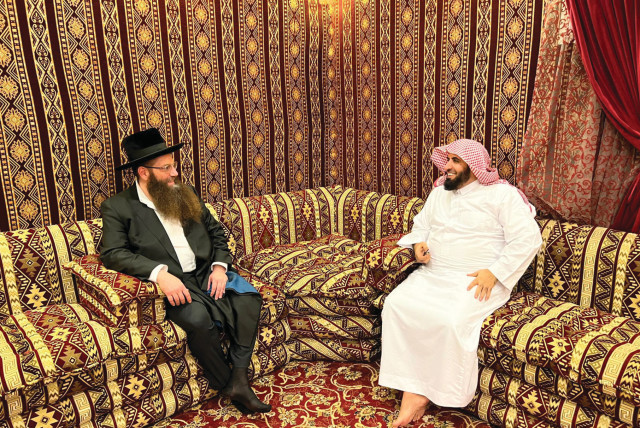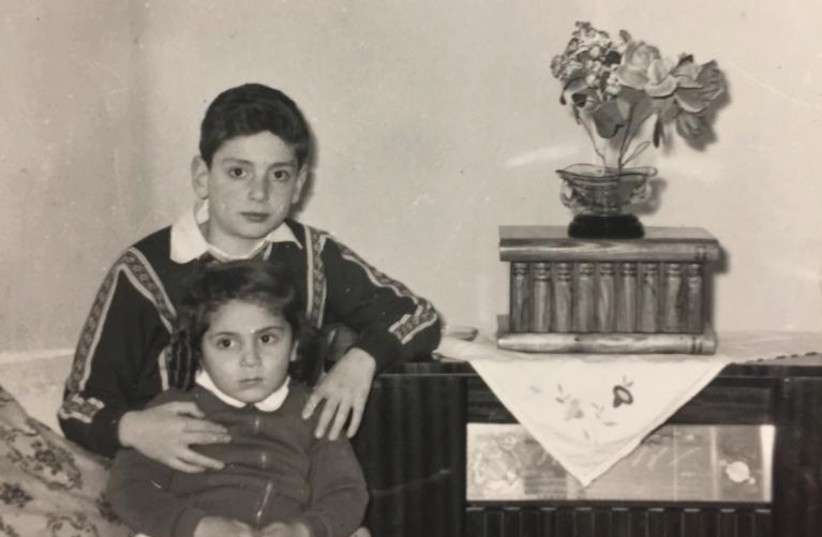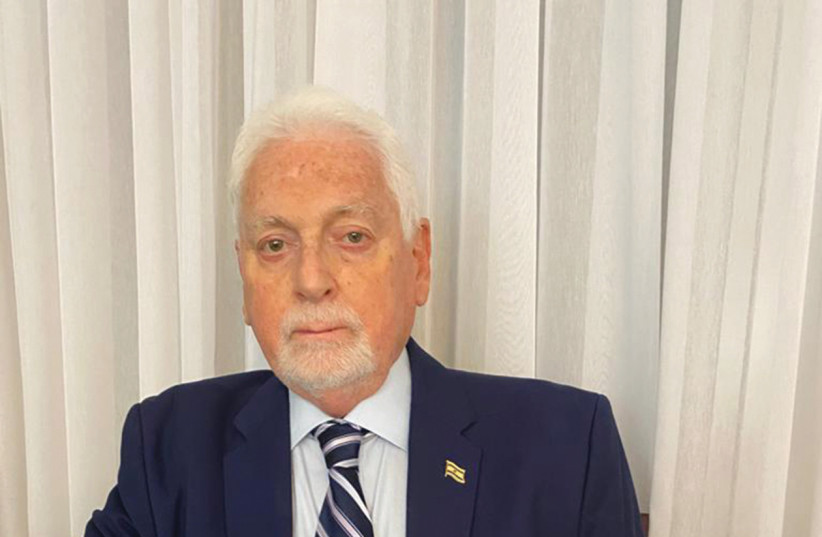Sixties Fan
Diamond Member
- Mar 6, 2017
- 54,688
- 10,513
- 2,140
- Thread starter
- #41
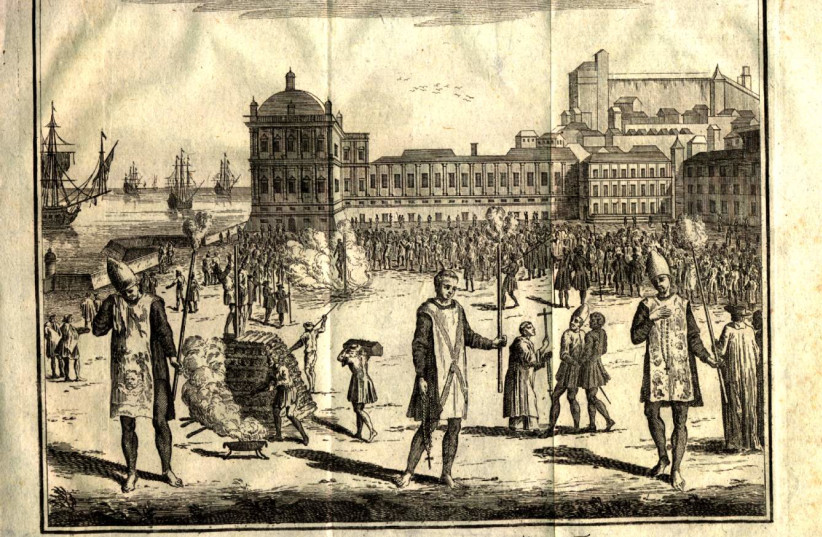
18th century manuscript, found in the Central Archives for the History of the Jewish People at the National Library of Israel, includes details from the first 130 years of the Portuguese Inquisition in Lisbon, including numbers of the victims, charges and sentences
(photo credit: THE NATIONAL LIBRARY OF ISRAEL)
The manuscript is meticulously detailed
The 60-page manuscript includes a great deal of information about autos-da-fé in Lisbon during the Inquisition’s first 130 years, from 1540-1669. Among the details listed are the number of victims at each trial, the dates and locations of the ceremonies and the names of priests who officiated. In addition, the number of people burned at the stake in each auto-da-fé is mentioned, per the release.Many of the victims included in the manuscript were newly converted Christians accused of continuing to practice Judaism. Nevertheless, Christians who came from Christian backgrounds were also listed for crimes of sodomy, bigamy, possession of forbidden books and sacrilege, the release stated.
(full article online)

Manuscript discovered detailing Inquisition trials against Jews
The 60-page document lists the dates and locations of autos-da-fé along with the number of victims at each trial.

